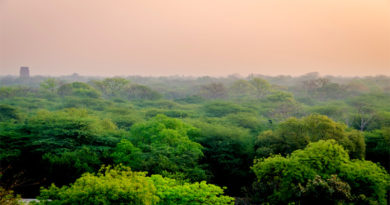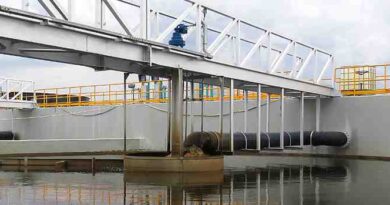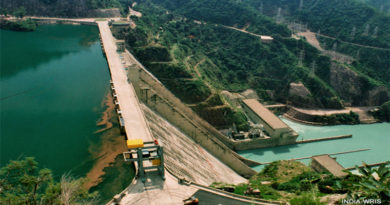Water Levels in Green City Pune Drops; Monsoons Late Again
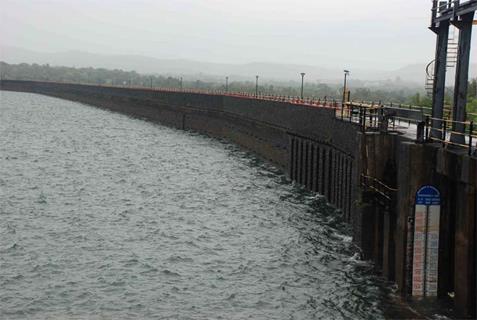 Khadakwasla Dam, Pune
Khadakwasla Dam, Pune
Combined water levels of all the four dams in the city — Khadakwasla, Panshet, Temghar and Varasgaon — is 3.37 TMC (thousand million cubic feet) this week, according to the water resource department. The fall in the dam water storage levels is the cause of panic for officials as the cumulative stock of the four dams with a total capacity of 29 TMC stood at its lowest.
Last year during the same period, the water level in the four dams was 4.60 TMC, according to the department.
Sanjeev D Chopade, superintending engineer, Pune irrigation circle, said, “Rainfall deficiency during last monsoon and increasing temperature (quickening the rate of evaporation) in summer were responsible for decreasing the water stocks in the dams.”
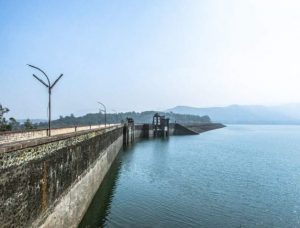
He then quickly added some reassurance. “However, we are confident that the available water will be sufficient till July 15, so there is no need to worry,” said, Chopade.
The stock in Panshet dam is down to 16% while Khadakwasla has 40 % of its total capacity left. Also, the irrigation department plans to release 0.58 TMC of water (from existing water stock) from Khadakwasla dam during the Wari procession by the end of June.
Meanwhile, the India Meteorological Department (IMD) has forecast that southwest monsoon will arrive in Maharashtra between June 17 and 21 while South Maharashtra may experience showers by June 12-15.
Anupam Kashyapi, head of weather, IMD, said, “Monsoon will arrive in Maharashtra between June 17 and 21. Initially, in June and July, we are expecting less rainfall, but from August onwards we are expecting good rainfall.”
Water left in dams in Pune
Only 7.53% live water is left in dams in Pune division, according to the state water resource department, at a time when the India Meteorological Department (IMD) has forecast that monsoon is unlikely to hit the state before June 17.
According to the state water resource department, as many as 35 major and medium dams in the state have gone dry with total water stock in at least 1,000 dams across Maharashtra touching 7.6 %, which is the lowest in a decade.
Drought in 20,000 villages across Maharashtra is getting worse by the day as dams are fast drying up and more people are forced to depend on tankers for drinking water.
According to the state water resource department, there are at least 15 major and medium dams in Maharashtra with live water stock below five percent.
Marathwada is one of the worst affected regions in the state. Out of the major nine dams in the region, eight are totally dry and on June 4 only 0.69 % live water is left in dams. In the same period last year, the state’s dams had 17.89% live water, while Marathwada region had 14.15% live water.
Marathwada is followed by Nagpur and Nashik region, where only 6.2% live water is left in dams.
Water Tankers Issue
To address the drought-like situation, Divisional Commissionerate has pressed into service 3,359 water tankers for 2,374 villages and 803 hamlets.
As against 1,721 water tankers deployed for the supply of drinking water on June 4, 2018, in 1,705 drought-affected villages across the state, the number presently is 6,443 water tankers across 5,127 villages in Maharashtra. Of these 6,443 water tankers, 3,359 are operational in Marathwada and 1,424 in Nashik division.
The worst-affected districts include Aurangabad, Beed, Osmanabad, Hingoli and Parbhani.

